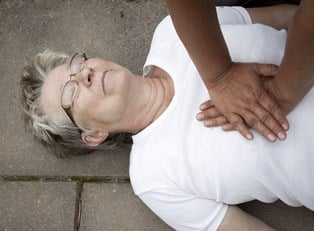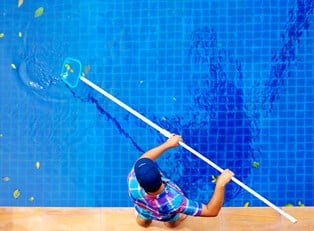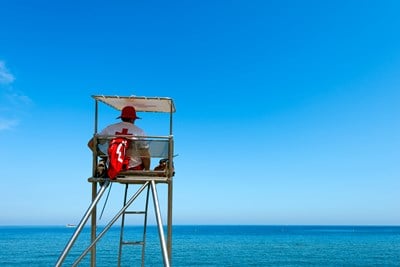The training process to become a lifeguard is unquestionably challenging, and it will require you to have superior lifesaving skills both in and out of the water. If you are considering becoming a lifeguard as a summer job or as a career, you need to pre-emptively train your body to perform the required tasks, and possibly take a class to improve your technique. Once you have mastered all of the different strokes and diving, here is what you need to know to complete the certification process.
Prerequisites for Lifeguard Training
Before you ever sign up for a lifeguarding course, you do need to already have some skills under your belt, and you will need to be at least 15 years old. Being a lifeguard requires you to be a very strong swimmer, so even though you will learn more skills in the course, you will already need to be able to complete these challenges with 100% accuracy:
-
Swim 500 yards continuously, using the front crawl for 200 yards with a stabilizing propellant kick.
-
Swim 100 yards using the breaststroke.
-
Swim 200 yards of either: front crawl with rhythmic breathing, breaststroke, or a combination.
-
Swim 20 yards, complete a surface dive of 7-10 feet, retrieve a 10-pound object, return to the surface, and swim 20 yards back while holding the object with both of your hands.
The Lifeguard Training Course
Most lifeguarding courses require you to train for at least 35 hours with a skilled professional. In this course, you will learn the skills necessary to be a certified lifeguard for swimming pools, beaches, and more. Instruction will include:
-
Pool safety protocols
-
How to perform CPR
-
First Aid basics
-
How to identify a swimmer in distress
-
Aquatic rescue techniques
The Lifeguard Certification Exam
Once you have successfully completed the course, you will have to take the two-part certification exam, after which you will earn your lifeguard certification along with your CPR and First Aid certification.
The written portion will test your knowledge of:
-
Surveillance techniques
-
Victim assessment
-
CPR proficiency
-
Care for head, neck, and spine injuries
-
General swimming safety protocol
The physical portion will test if you can:
-
Continuously swim for 300 yards
-
Tread water for 2 minutes without using your arms
-
Hold your breath for 1-2 minutes
-
Dive to a depth of 7-10 feet
- Retrieve a 10 pound object from a depth of 7-8 feet



